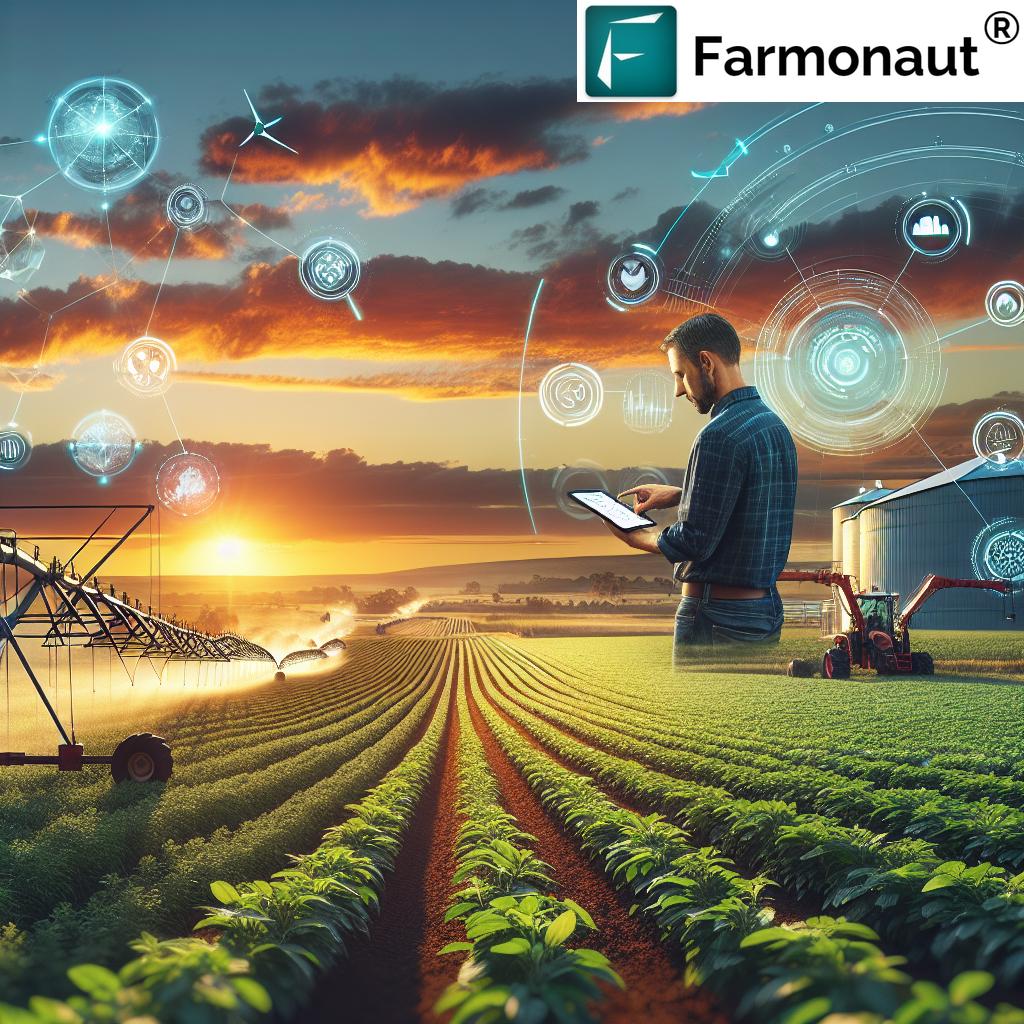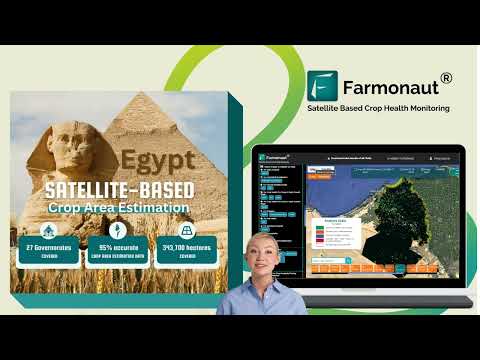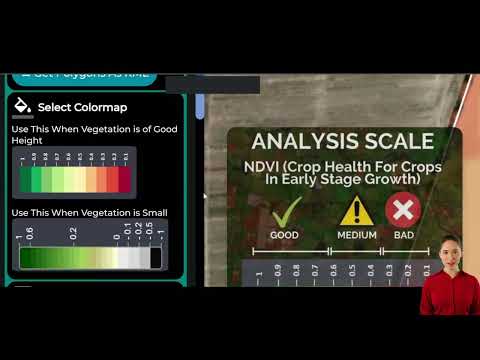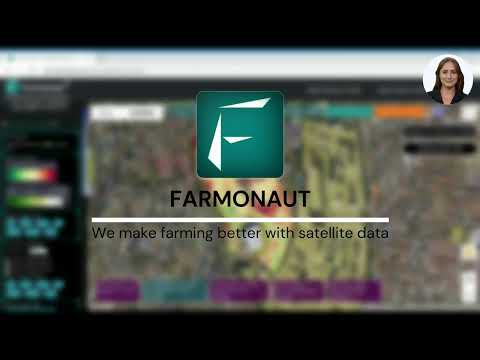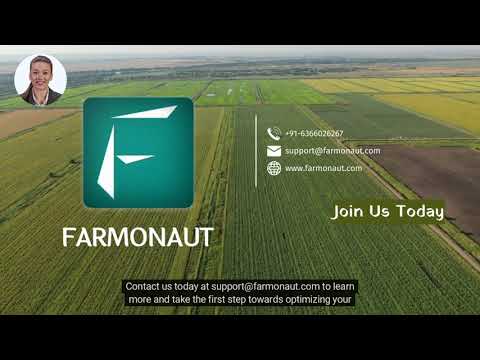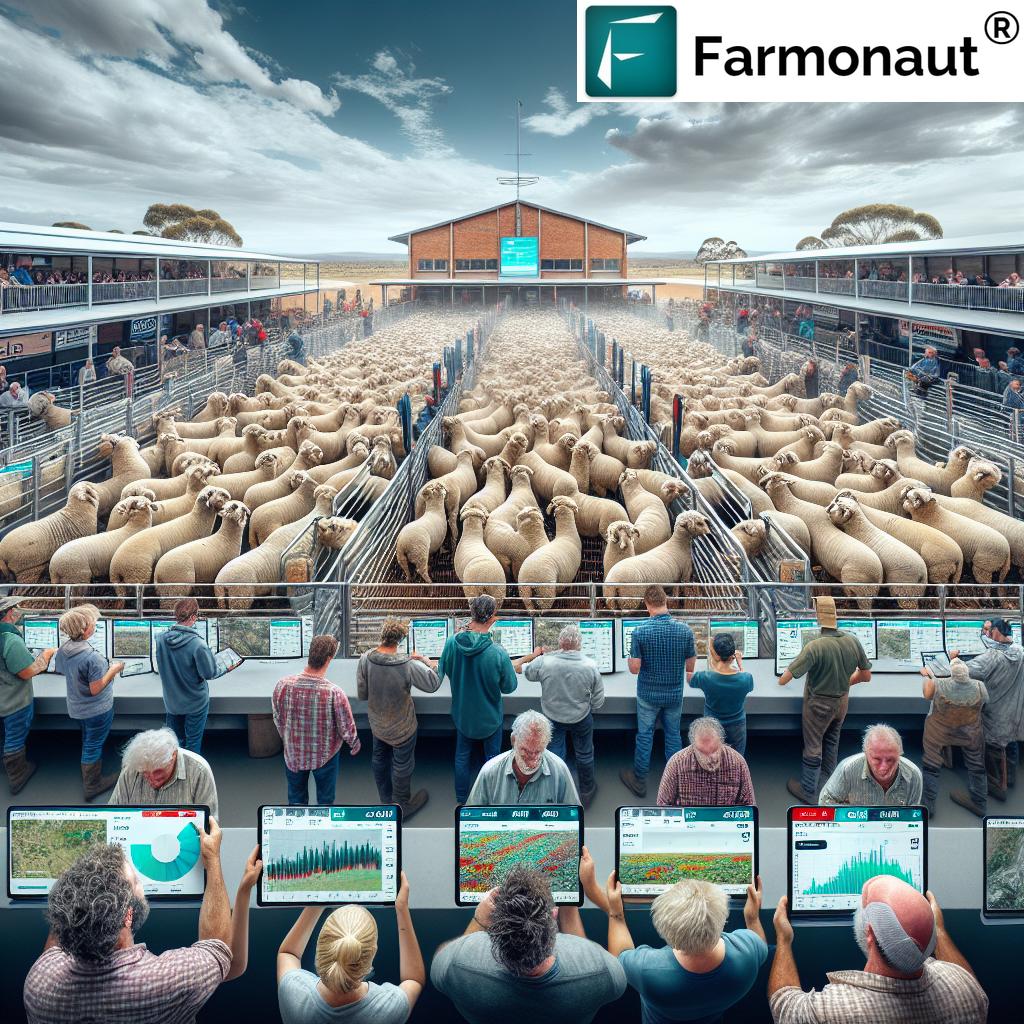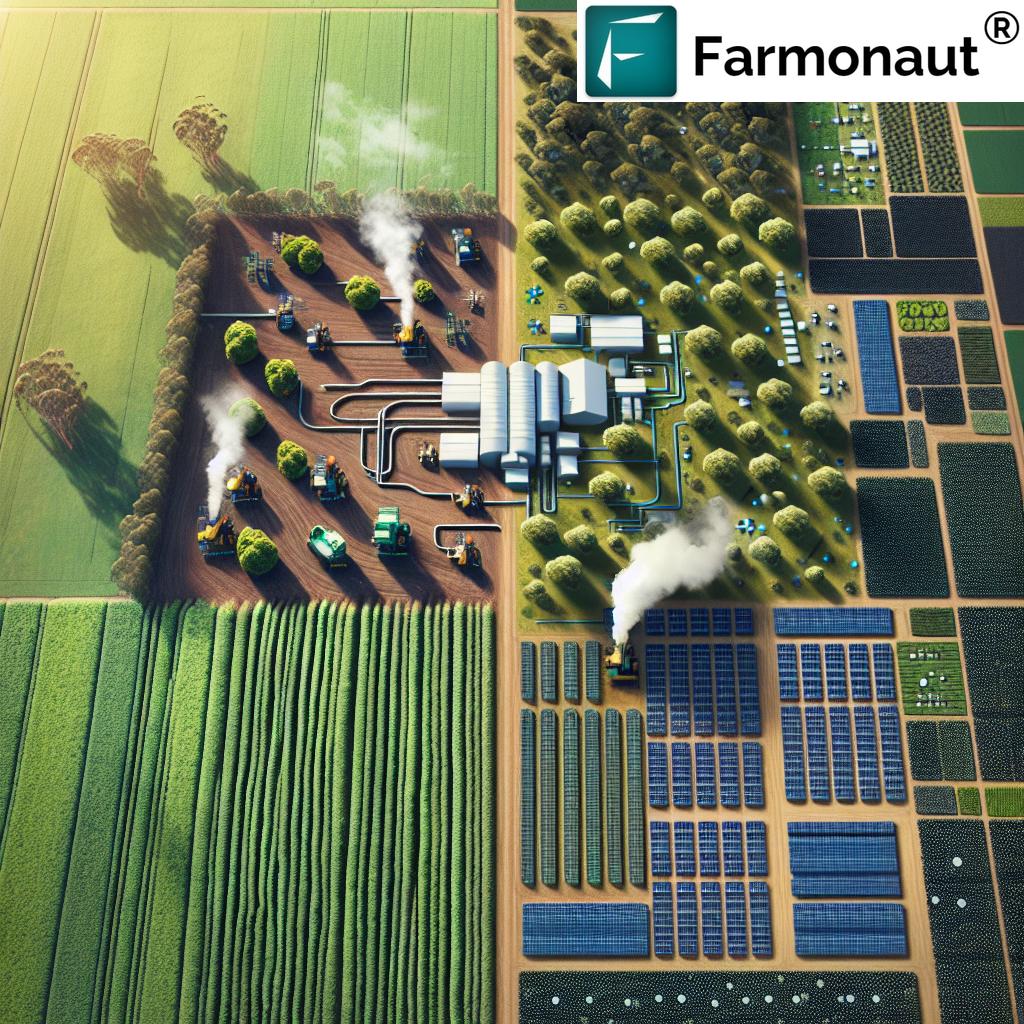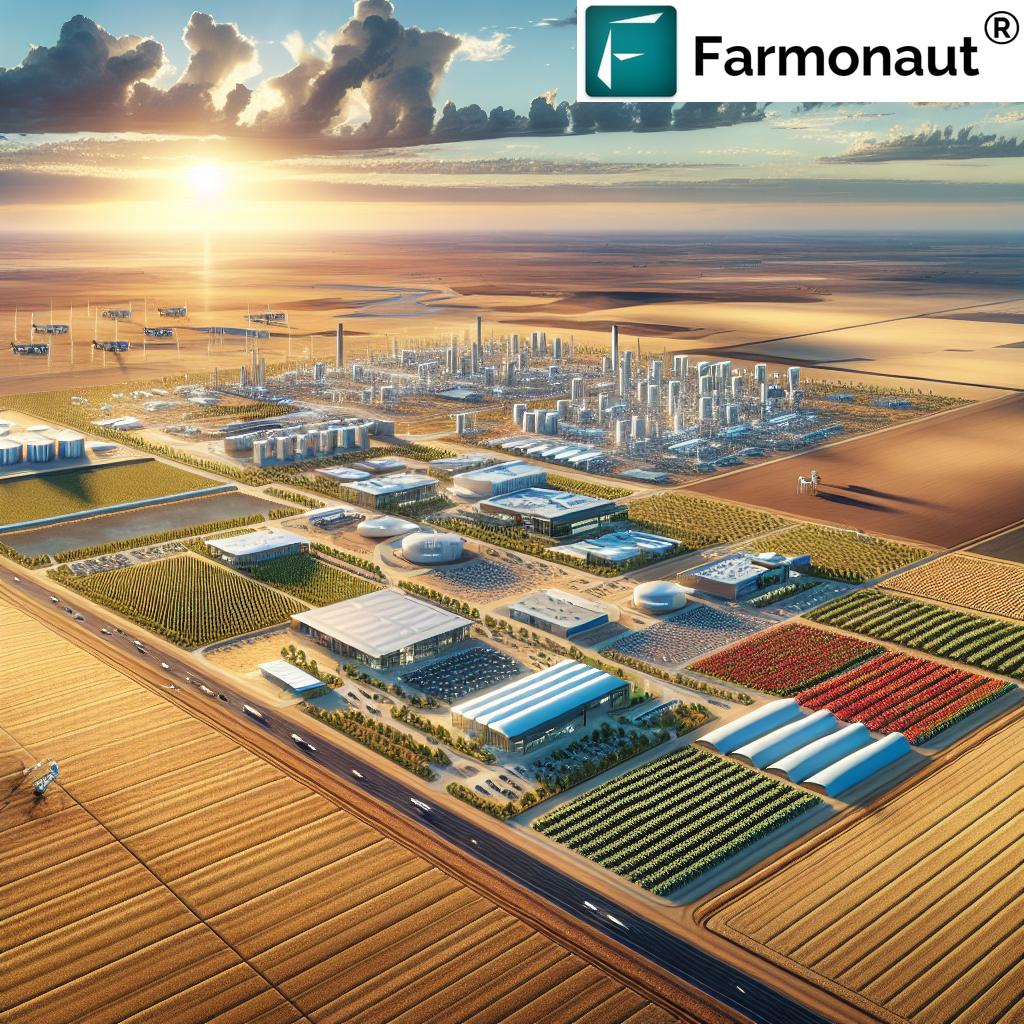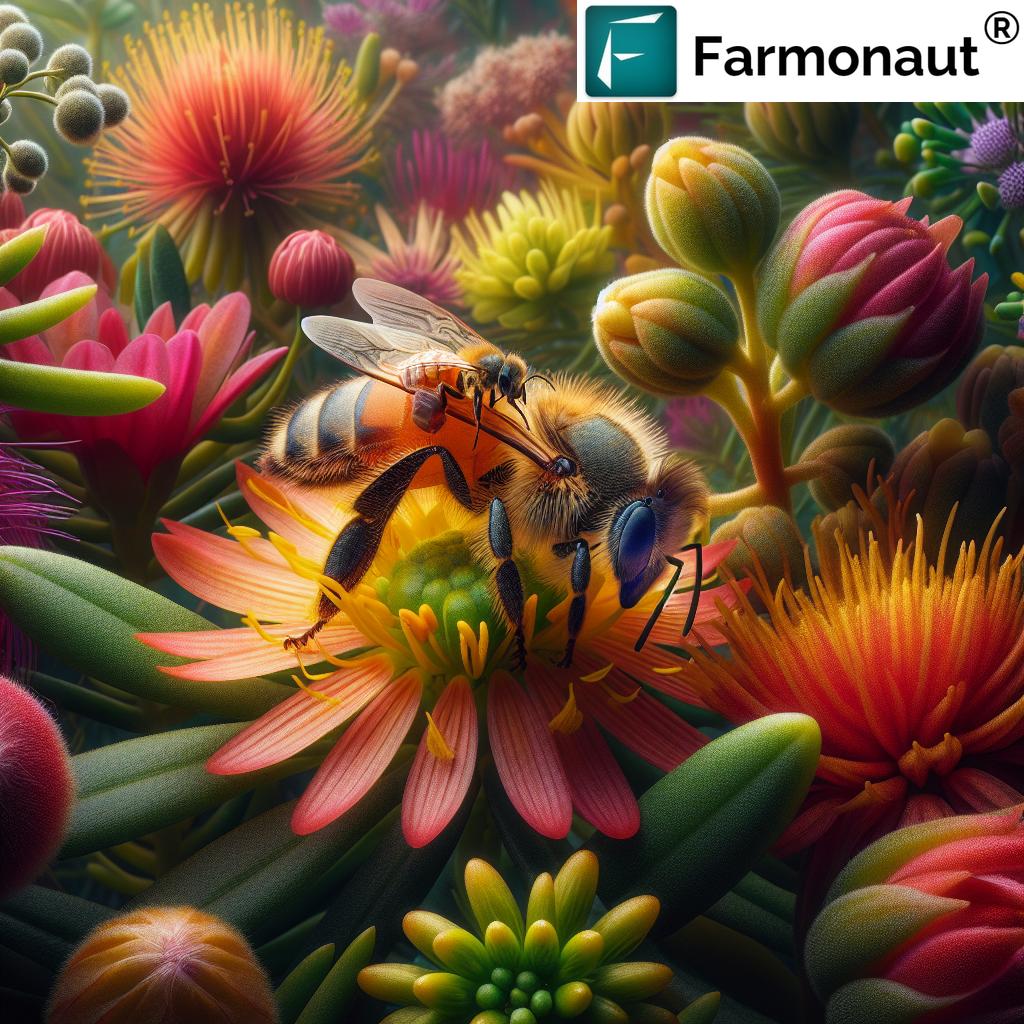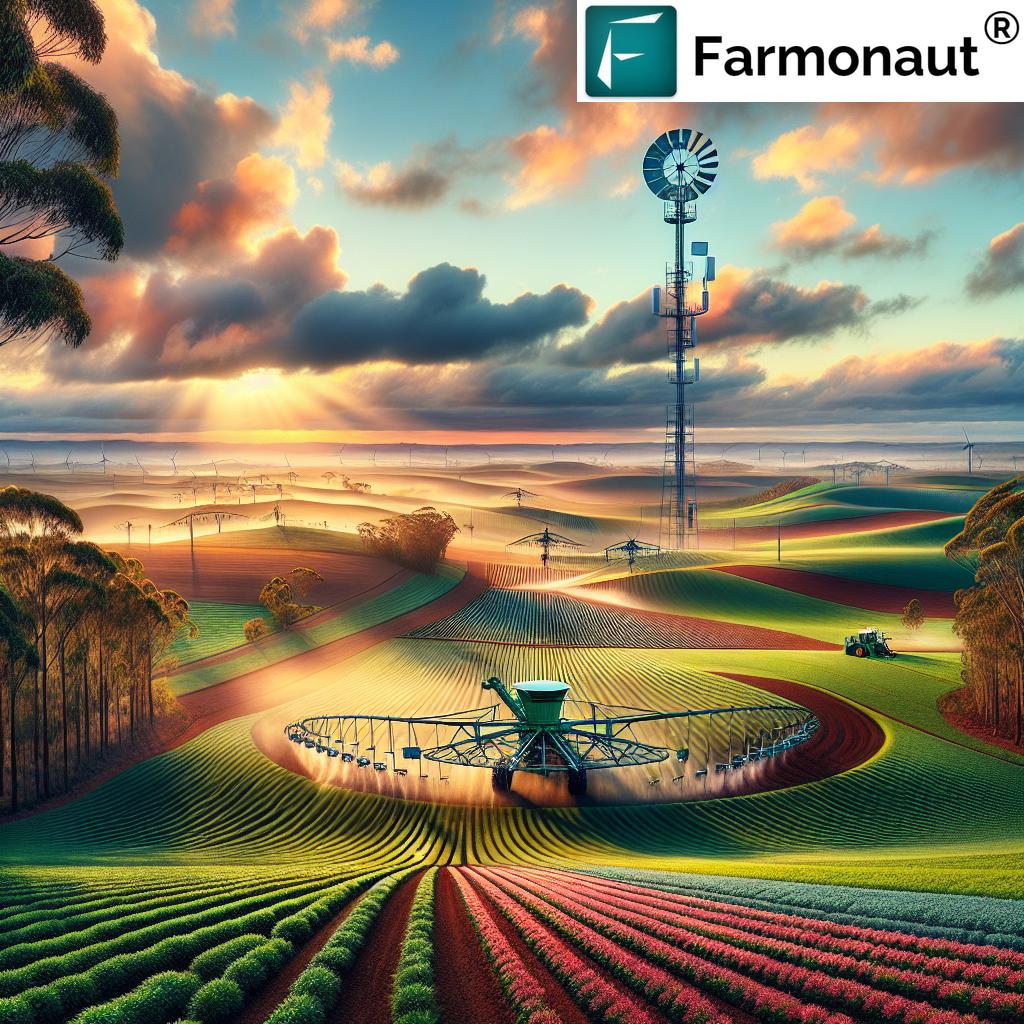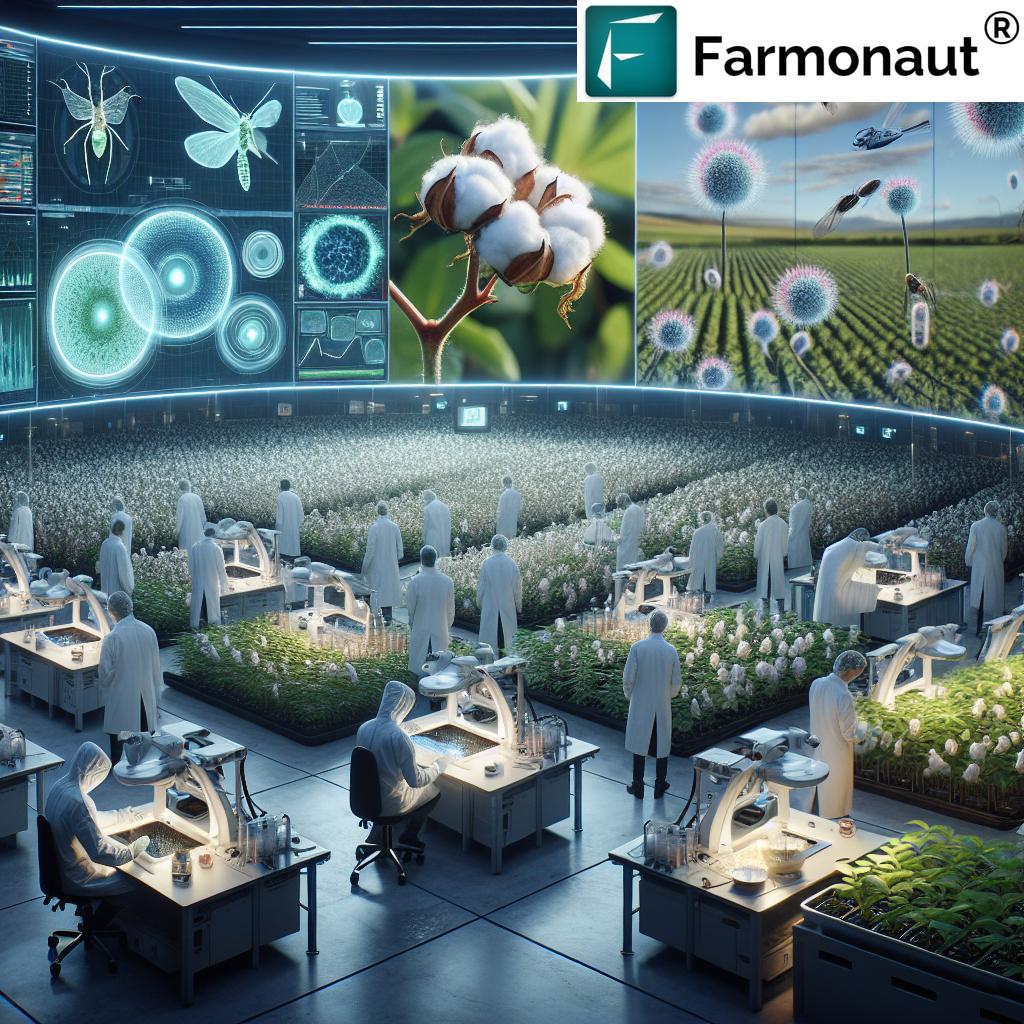How to Apply for a Restricted Game Hunting Licence in NSW: A Comprehensive Guide

“The R-Licence in NSW includes $25 million public liability insurance coverage for hunters.”
Welcome to our comprehensive guide on how to apply for a Restricted Game Hunting Licence (R-Licence) in New South Wales (NSW). In this blog post, we’ll walk you through the application process, requirements, and fees associated with obtaining an R-Licence. We’ll also explore how modern agricultural technologies, such as precision agriculture and remote sensing, are shaping the future of farming and land management.
Understanding the R-Licence
The Restricted Game Hunting Licence, commonly known as the R-Licence, is a requirement for hunters in NSW who wish to hunt game and feral animals on private land. This licence ensures that hunters are properly trained, accredited, and insured, promoting safe and responsible hunting practices.
The Application Process
Applying for an R-Licence involves several steps. Let’s break them down:
- Initial Application: Submit your application online or through a Service NSW center.
- Accreditation Training: Complete the required training courses for your chosen hunting methods.
- AHO Membership: Join an Approved Hunting Organization (AHO).
- Licence Fee Payment: Pay the required licence fee.
- Public Liability Insurance: Ensure you’re covered by the included $25 million insurance.
To help you understand the process better, we’ve created a detailed table:
| Step Number | Application Stage | Requirements | Estimated Fee | Processing Time |
|---|---|---|---|---|
| 1 | Initial Application | Personal details, hunting experience | Free | 1-2 business days |
| 2 | Accreditation Training | Completion of approved courses | $100-$300 | 1-2 weeks |
| 3 | AHO Membership | Join an Approved Hunting Organization | $50-$100 annually | 1-3 business days |
| 4 | Licence Fee Payment | Payment of R-Licence fee | $75 (1 year) – $375 (5 years) | Immediate |
| 5 | Public Liability Insurance Coverage | Automatically included with licence | Included in licence fee | N/A |
| 6 | Renewal Process | Renewal application, up-to-date AHO membership | Same as initial licence fee | 1-2 business days |
Accreditation Requirements
To obtain an R-Licence, you must complete accreditation requirements for various hunting methods. These may include:
- Firearm safety and handling
- Bowhunting techniques
- Animal welfare and ethical hunting practices
- Navigation and outdoor survival skills
Accreditation ensures that hunters are well-prepared and conduct their activities responsibly, minimizing risks to themselves, others, and the environment.
The Role of Approved Hunting Organizations (AHOs)
Approved Hunting Organizations play a crucial role in the R-Licence system. These organizations:
- Provide additional training and support to hunters
- Organize hunting events and competitions
- Advocate for hunters’ rights and responsible hunting practices
- Collaborate with landholders for hunting opportunities
Membership in an AHO is a requirement for maintaining your R-Licence and offers valuable networking and learning opportunities for hunters.
Hunting on Private Land
The R-Licence allows you to hunt on private land with the landholder’s permission. When hunting on private property, it’s essential to:
- Obtain written permission from the landholder
- Respect property boundaries and any specific rules set by the landholder
- Follow all relevant safety and hunting regulations
- Report any issues or concerns to the landholder promptly
Building good relationships with landholders is crucial for maintaining access to hunting grounds and promoting positive perceptions of hunting in the community.
The Intersection of Hunting and Modern Agriculture
As we discuss hunting regulations, it’s important to consider how modern agricultural practices are evolving alongside traditional land management techniques. Precision agriculture technologies and sustainable farming practices are revolutionizing the way we approach both farming and wildlife management.
“Restricted Game Hunting Licence applicants must complete accreditation requirements for various hunting methods.”
Precision Agriculture and Its Impact
Precision agriculture technologies are transforming the farming landscape. These advanced tools allow farmers to optimize their operations, leading to increased efficiency and reduced environmental impact. Some key aspects of precision agriculture include:
- Crop monitoring systems
- Agricultural water management
- Soil health analysis
- Farm management software
These technologies not only benefit farmers but also have implications for wildlife management and hunting. For example, more efficient land use can create better habitats for game animals, while reducing conflicts between agricultural activities and wildlife.
Remote Sensing in Agriculture
Remote sensing technologies are playing an increasingly important role in both agriculture and wildlife management. These tools allow for:
- Monitoring crop health and yield predictions
- Tracking wildlife populations and movements
- Assessing habitat quality and changes over time
- Identifying areas of potential conflict between agriculture and wildlife
By leveraging remote sensing data, farmers and wildlife managers can make more informed decisions about land use, conservation efforts, and hunting practices.
Climate-Smart Agriculture
Climate-smart agriculture strategies are becoming increasingly important as we face the challenges of climate change. These approaches aim to:
- Increase agricultural productivity sustainably
- Adapt to and build resilience against climate change
- Reduce greenhouse gas emissions where possible
For hunters and wildlife managers, understanding and supporting climate-smart agriculture can help ensure the long-term health of ecosystems and game populations.
Agricultural Drone Applications
Drones are revolutionizing both agriculture and wildlife management. In farming, drones are used for:
- Crop monitoring and health assessment
- Precision application of fertilizers and pesticides
- Mapping and surveying farmland
In wildlife management and hunting, drones can assist with:
- Population surveys
- Habitat assessment
- Anti-poaching efforts
As drone technology continues to advance, we can expect to see even more applications in both agriculture and wildlife management.
Explore Farmonaut’s API for advanced agricultural insights
Smart Irrigation Systems
Water management is crucial for both agriculture and wildlife conservation. Smart irrigation systems help farmers:
- Optimize water usage
- Reduce water waste
- Improve crop yields
These systems can also benefit wildlife by ensuring that natural water sources are not unnecessarily depleted, maintaining healthy ecosystems that support game populations.
Balancing Hunting and Conservation
As responsible hunters and land managers, it’s essential to strike a balance between hunting activities and conservation efforts. Here are some key considerations:
- Understanding the ecological impact of hunting
- Participating in conservation initiatives
- Supporting sustainable land management practices
- Educating others about responsible hunting and conservation
By working together, hunters, farmers, and conservationists can ensure the long-term health of our ecosystems and wildlife populations.
The Future of Hunting and Agriculture
As we look to the future, it’s clear that both hunting and agriculture will continue to evolve. Some trends to watch include:
- Increased use of technology in wildlife management
- Greater integration of conservation principles in farming practices
- Development of new, more sustainable hunting methods
- Enhanced collaboration between hunters, farmers, and conservationists
By staying informed and adapting to these changes, hunters can continue to play a vital role in wildlife management and conservation.
Check out Farmonaut’s API Developer Docs for in-depth information
Conclusion
Obtaining a Restricted Game Hunting Licence in NSW is an important step for hunters who wish to pursue game and feral animals on private land. By following the application process, completing the necessary training, and joining an Approved Hunting Organization, you can ensure that you’re hunting legally and responsibly.
As we’ve explored, the world of hunting is increasingly intersecting with modern agricultural practices and technologies. By understanding and embracing these developments, hunters can play a crucial role in sustainable land management and conservation efforts.
Remember, responsible hunting goes hand in hand with respecting the environment, supporting sustainable farming practices, and contributing to wildlife conservation. By staying informed and adapting to new technologies and practices, we can ensure a bright future for both hunting and agriculture in NSW and beyond.
FAQ Section
Q: How long does it take to get an R-Licence in NSW?
A: The process typically takes 2-4 weeks, depending on how quickly you complete the accreditation requirements and submit all necessary documentation.
Q: Can I hunt on any private land with an R-Licence?
A: No, you must obtain written permission from the landholder before hunting on their property.
Q: How often do I need to renew my R-Licence?
A: R-Licences are available for 1, 3, or 5-year periods. You’ll need to renew before the expiration date to continue hunting legally.
Q: Are there any age restrictions for obtaining an R-Licence?
A: Yes, you must be at least 12 years old to apply for an R-Licence. Hunters under 18 must have parental consent and supervision.
Q: Can I use my R-Licence to hunt in other states?
A: No, the R-Licence is specific to NSW. Other states have their own licensing requirements for hunters.
